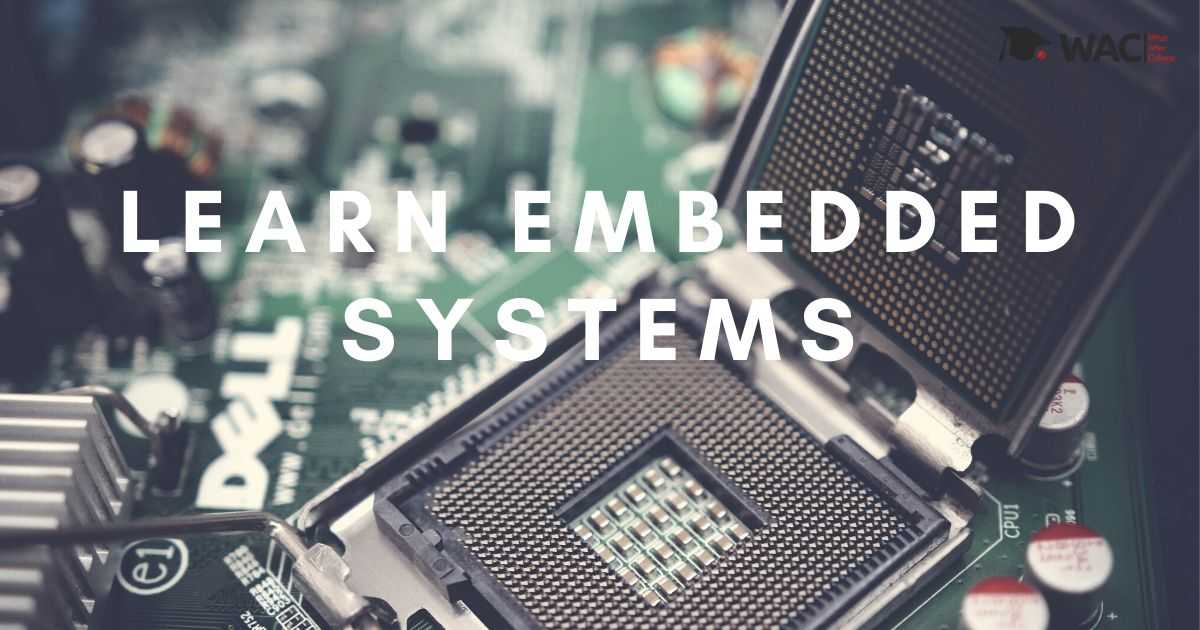Robotics and embedded systems are set to be the cornerstone technology in many industries in the coming years. Wouldn’t you love to be a part of this up and coming revolution? We bet you do and hence, we have come up with some tips on how you can learn robotics and implement them using embedded systems. By applying software to make a robot do it’s intended job, you are essentially making an embedded system. That sounds really interesting, doesn’t it?
However, you might be confused about how to go about the process. Fret not, because we are going to help you on that front. When divided into a step-by-step process, it will be easy. Moreover, since you will see tangible results by following these steps, you will remain motivated. Lastly, the only prerequisite to learning robotics and embedded systems is the will to learn and an open mind. Let’s look at the steps one-by-one.
Steps to Learn Embedded Systems and Robotics
Learn a Programming Language: You would have figured out by now that robots run on the software created using programming languages. Ironically, complex systems use low-level programming languages. On the other hand, simple robots that you design as a beginner run on high-level languages like C/C++. Moreover, learning C for embedded systems has numerous advantages like easy debugging, easy understanding, etc. Therefore, learning robotics and embedded systems with C would be your best choice.
Study Basic Electronics and Micro-controllers: Knowledge of electronics and micro-controllers will lay the foundation to learn robotics and embedded systems. With just the programming language and no hardware skills, you will be stuck. Importantly, get your basics right and try out small circuits. Later, you can move on to micro-controllers and apply your basic electronic knowledge to them. A micro-controller is important because it acts as the brain of your robot. It is extremely important to master it.
Buy Components and Tools: To design a robot you will need many different tools and components right? That’s why you need to buy them and embed code. Robots function like that. You would need basic equipment like circuit boards, jumper wires, LEDs, resistors, and soldering iron. Additionally, based on your ideas, you also need many components. The datasheet will contain all the information and to learn robotics. It is vital that you understand them. All the information you need will be in the datasheets.
Gain Practical Experience: To learn robotics and embedded systems, you practically need to build robots. How to do that you ask? It is very simple, with the knowledge you have, try out some mini-projects. This is sure to build your experience in this domain. Our advice would be to start with micro-controller kits. However, Run a stimulation of your code before building the robot. Proteus is stimulation software and you can test different parameters using this software. Also, different conditions can be stimulated.

All you need to know about Robotics and Embedded System
Learn Robotics & Embedded Systems
Learn Robotics & Embedded System with WAC
Other Skills in Demand
| Artificial Intelligence | Data Science |
| Digital Marketing | Business Analytics |
| Big Data | Internet of Things |
| Python Programming | Robotics & Embedded System |
| Android App Development | Machine Learning |

